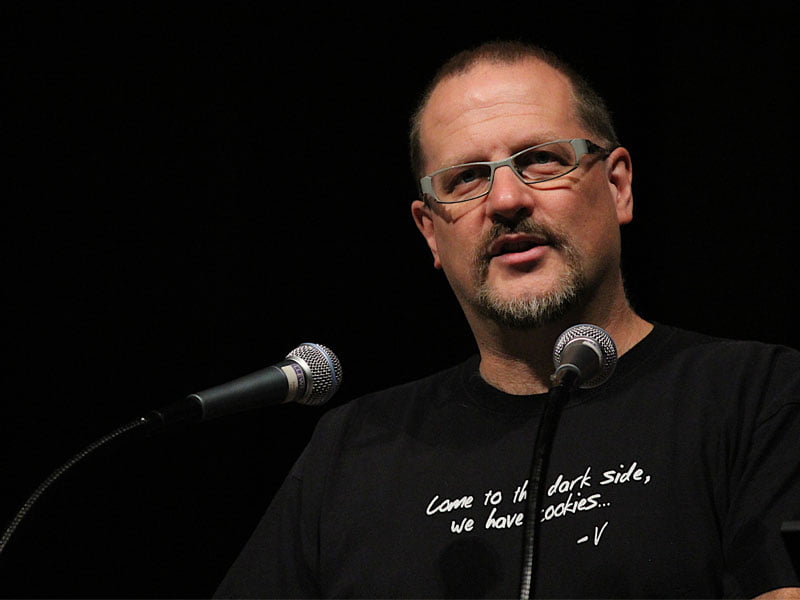Veteran Aussie tech entrepreneur Simon Hackett says we need to vastly raise the tempo of innovation policy to make venture capital work properly in this country as he wrangles with making a success of the Redflow storage battery outfit.
Mr Hackett co-founded pioneer South Australian ISP Internode in 1991 and made his fortune when Internode was sold on to iiNet in late 2011. Since then he has developed Base64, a tech-focussed work hub created out of an old Adelaide mansion, become a foundation investor in the Blue Chilli incubator and got deeply involved with ASX-listed Redflow, first as an investor and then hands on as executive chairman.

He is impatient with the pace of change for Australia’s innovation prospects, despite Malcolm Turnbull’s Innovation Statement late last year.
‘Let’s have real improvements in the tax treatments of this stuff being done in a hurry rather than being talked about. Let’s try and do everything possible to try and make venture capital work here,’ he says.
While Mr Hackett applauds measures such as the more lenient bankruptcy measures for failed start-ups and tax breaks for early stage investors contained in last year’s Innovation Statement, he says the major bugbear in the local tech innovation scene is a lack of collaboration between university researchers and the entrepreneurial talent that can make pure research ideas into commercial flesh.
Famous US tech research institutions like Stanford and MIT have clusters of hungry start-ups constantly swimming around them, grabbing promising research ideas and turning them into products and services as quickly as possible. The start-ups in term live inside a sophisticated venture capital and commercialisation fish bowl where money, staff and business structures can be swiftly squirted in.
‘What seems to work really well in the US is collaboration between research and commercialisation.
‘You’ve got these fantastic universities right in the guts of Silicon Valley with a hell of a lot of technology transfer happening for all those people with hipster beards drinking single origin coffee.
‘That seems to work,” he says.
There are signs of hope here, says Mr Hackett, citing a project to produce much cheaper design for the computer controlled motorised mirrors used in solar arrays.
The project sees CSIRO-designed heliostats being made by Heliostat SA which was created with the support of four South Australian companies: Precision Components, a company with its roots in the car industry; The University of South Australia; May Brothers and Enersalt.
Like the car components maker in the heliostat group, Australian innovators need to learn to ‘flip their expertise to another sector,’ when necessary.
Meanwhile, Mr Hackett is deeply involved in Redflow, a stationary storage battery maker that uses new zinc bromide electrolyte flow based technology, which has advantages in longevity and charging reliability over both conventional lead acid batteries and lithium ion.
Stationary storage batteries can smooth out the bumps in solar and wind energy production as well as being used as conventional backup power on industrial sites.
Redflow has just added the Zcell zinc bromide-based home storage battery range which will compete with Tesla’s much trumpeted Powerwall lithium ion-based home battery.
While Redflow competes with Tesla, Mr Hackett is a big fan of the electric cars and owns several. He is very happy about the Tesla name pumping up interest in the stationary storage battery market.
‘Arguably one of the world’s best known brands launching anything in a new sector gets attention which I think is fantastic. It’s just like at Internode when Telstra would do a national broadband campaign – our phone would run hot.’
He says a year ago the Redflow batteries weren’t suitable for home use and the company has needed to improve the aesthetics and ease of installation to make the batteries suitable for the consumer market.
What is the potential market in Australia for home storage batteries?
Mr Hackett won’t yet put a figure on it.
‘We did the launch to find out who cares,’ he says.
‘Right now we are sitting in early adopter territory. People who are attracted by the notion don’t necessarily know why. In two years’ time costs will have come down and understanding will have gone up and that’s when people will start to buy them in high volume.’
Do you know more? Contact James Riley via Email.

